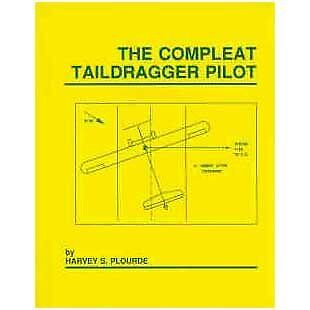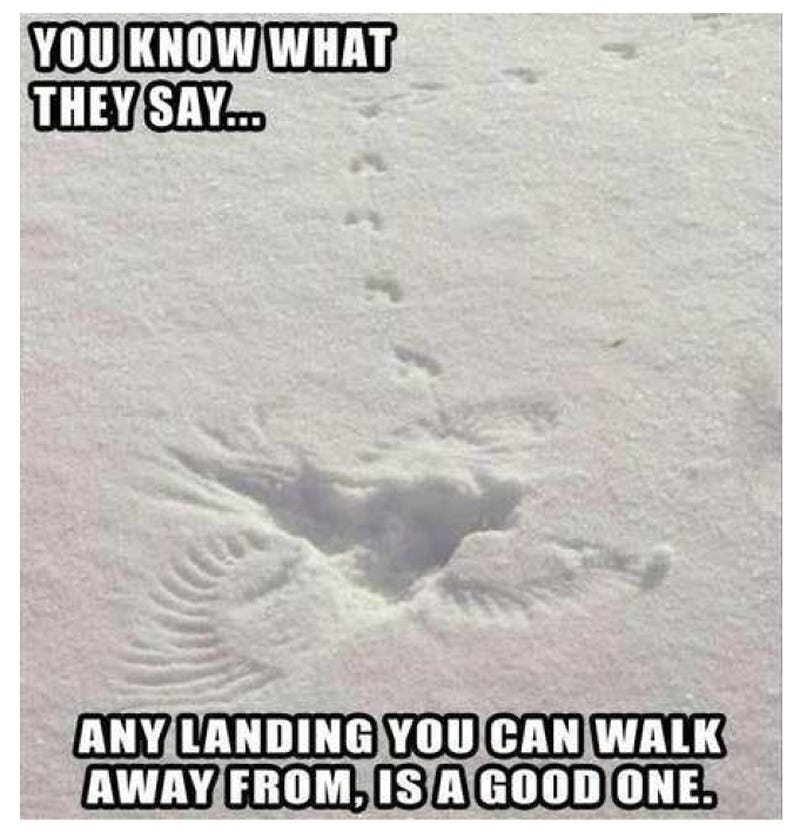Gone Cubbing
Learning to Fly All Over Again
If you read The Compleat Taildragger Pilot by Harvey S. Plourde, and you should, he lists seven reasons for learning to fly a tailwheel aircraft. As I could tick five of them I thought that it was probably time that I bit the bullet and booked some lessons to give it a go.
Like many people trying to support a flying habit I have to do so around family commitments and earning almost enough to pay for it; therefore time is somewhat limited and it was for that reason that I unwittingly set myself the challenge of learning to fly a taildragger in two and a half days.
After looking around and taking some advice from friends and magazines alike, I ended up calling The Northampton School of Flying at Sibson. I was lucky enough to speak to Lucy Kimbell who arranged enough slots within the time to make it seem possible for me to do it. I arrived at a somewhat gusty Sibson on Wednesday morning with eight slots booked before two-thirty on Friday and only the tiniest inkling of what I was letting myself in for.
The welcome at Sibson was warm and friendly and I was given a full tour before being introduced to Frank McClurg, the school’s Chief Flying Instructor. Frank checked out my pitifully empty logbook with less than a hundred spamcan hours in it and didn’t even wince at my still shiny licence before taking me to the hangar to meet G-ARVO, the school’s bright yellow Piper PA-18-95.
In General Aviation there seems to be something to suit every taste and most pockets; a lot of people fall for sleek and shiny glass fibre rockets with televisions where the dials should be; glass on the inside, glass on the outside but I’d fallen in love with this sixty year old fabric covered machine; I could just about imagine sitting inside, floating high above the English countryside; dope on the outside, dope on the inside, you might say.
We dragged G-ARVO from the hangar and Frank showed me a thorough pre-flight inspection before we came to the week’s first big challenge. How does a six-foot healthily built chap get himself into the pilot’s seat? With some difficulty, is the simple answer but eventually, and with a complete absence of grace and style, I was in. There is very little inside a Cub to check and so we were soon started and taxying, Frank explained that he’d talk me through a take-off and then we’d head out for some general handling before coming back for my first tailwheel landing. I was amazed at the visibility from the front seat, if you’re six feet tall with only about twenty-five percent of that made up of short, fat hairy legs then the view over the nose is quite exceptional. We taxied out to the end of 24 and Frank gently opened the throttle, raising the tail as he did so; I never did work out how he kept it that straight, didn’t smash the propeller into a thousand splinters or saw past my prop forward’s shoulders but, before I had time to take anything in, we were airborne. It had all been quite disconcerting as the aircraft took off with no-one visibly controlling it; just Frank’s quiet, calm confidence behind me.
Frank gave me control and I climbed quite slowly in the direction of Molesworth, the view over the nose and out of both sides was incredible, here I was perched under those little yellow wings flying one of the icons of light aviation. I don’t have a lot to compare the Cub to but I loved it right from the start, a proper stick and a proper throttle and an aeroplane that you could feel moving underneath you. Once I’d got the hang of something different then the turns were great fun and the stall never really happened, I’m sure with a decent headwind you’d just end up back at the airfield without turning round or the nose ever nodding downwards. Then Frank took control of my proper throttle and closed it.
‘Let’s try a forced landing. Seventy knots for the glide.’
The Cub seemed to hang in the air and I therefore chose a field which was only about three miles further than we could possibly ever glide to from two and a half thousand feet. Following Frank’s timely intervention and demonstration of a side slip in which the world pauses and merely moves up the windscreen, we would have made a lovely landing in the brown corduroy of quite a different field altogether.
Then it was back to Sibson for my first ever tailwheel landing. If you’ve never tried to land a tailwheel aircraft – which, in my opinion, you should do and do it today – then you might not appreciate that the aircraft must be heading dead straight at touchdown; however, that is no guarantee of the way you will be heading three nanoseconds later, or three nanoseconds after that. If you don’t dance on the rudder pedals like Fred Astaire on cocaine then the aircraft could go any way at all and you could end up in a groundloop where the aircraft turns round by itself and has a look at where you came from. They say that there are two types of tailwheel pilot; those who have groundlooped and those who are waiting to; for me the waiting was almost over.
The circuit and descent were as I’d always done before, with the aeroplane clearly not giving a damn where its wheels were, the flare was very similar and then we were down; after a fashion. My feet were clearly half a swing behind my brain which was another half a swing behind the aeroplane. With all that swinging going on it was only a matter of time before G-ARVO slowly and gracefully turned round to give me a view of the approach.
Keep reading with a 7-day free trial
Subscribe to Bunking Off to keep reading this post and get 7 days of free access to the full post archives.





